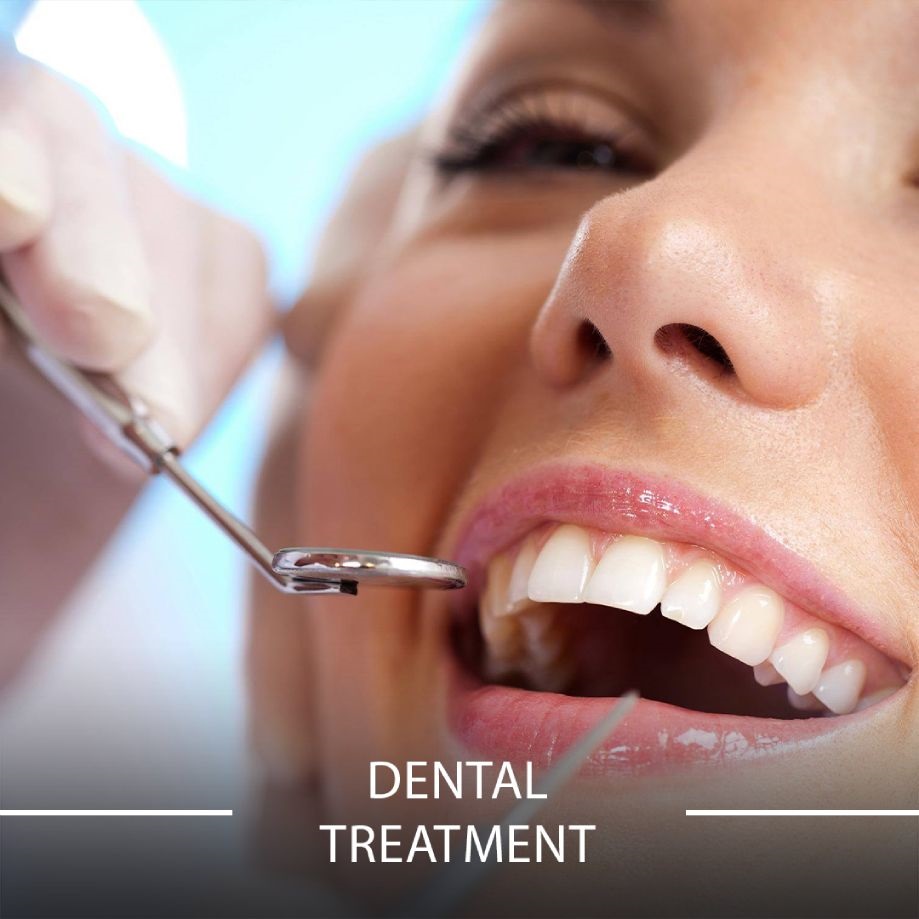The Basics of Total Prosthesis

prosthesis; When the upper or lower jaw is missing all of its teeth or when there are few teeth left, total dentures are recommended. Before they are made, the weak teeth are removed and the mouth is prepared for the process. The dentist will create two impressions: the first to recreate the anatomical shape of the jaw and the second to determine the border lines of the denture. The dentist will make an impression of the patient’s lips and cheeks so that the dental technician can place the teeth in the final mold.
In both cases, the occlusal plane of the new teeth must be at a level that is aesthetically pleasing. The dentist can examine the level of the occlusal plane using different moulds and different colours. In addition, it is necessary to take the dentures out at night and keep them in a special case. It is important to remember that total dentures can break and require repair. If this happens, you will need a new set.
Total dentures are also used to treat people with osteoporosis. Although the bones of the mouth are not directly connected to the skeletal system, bone loss there can still be treated by using bone tissue from other parts of the body. This procedure is not recommended for individuals who have a hard bite, because the new teeth will not have a firm connection with the bones. It is a good idea to see a dentist for a thorough exam before undergoing a total denture treatment.
How Is Prosthetic Teeth Care Done?
Dentures are one of the most common dental prosthetics, and if you’ve lost a few, you might wonder how they’re taken care of. This article will give you the basics on how to care for your prosthetic teeth. First, you’ll need to keep them clean. You can do this by storing them in water, but you should also visit a dentist regularly to have them checked.
The first thing you need to do is learn about the type of prosthesis that you have. Veneers are made to cover chipped or discolored teeth. They dramatically improve the appearance of a patient’s smile, and can last up to 20 years if you take care of them. Porcelain and composite veneers are two of the most popular types of prosthetic teeth, but they do have different healing times.
You should make sure that you brush and floss your prosthesis daily. Changing your brush and flossing can cause problems with your prosthetic teeth, so make sure to brush your teeth every day. After you brush your prosthesis, you should visit a dentist for a cleaning once in a while. Remember that oral health and dental care are important for both your natural teeth and your prosthesis. Keeping your prosthetic teeth clean is just as important as brushing and flossing your natural teeth.
Removable Dental Prosthesis Types
There are many different types of removable dental prosthesis, including partial dentures and full dentures. Each type is anchored to the patient’s natural teeth, but the removable option is a more convenient option. It also prevents the natural teeth from shifting in the mouth. Read on to learn more about these dental prosthesis types and the differences between them. There is a removable version for almost every patient. You may even choose to have both.
The original removable dental prosthesis is the complete denture, and is still the most popular type. Removable dentures are made to fit snugly over the mouth, so that they can be removed whenever not needed. However, full dentures must be removed, so the mouth must be cleaned in order to accommodate them. Once the gums have healed from tooth extraction, a full set of dentures can be fitted. It’s important to remember that both removable dental prosthesis types are effective in maintaining oral health.
The two most common types of removable dental prosthesis are full dentures and partial dentures. In addition to these options, you can choose a style that looks natural, and that meets your personal needs. Your local dentist can help you choose which type of removable dental prosthesis is best for you. The cost of removable dental prosthetics depends on your budget and the quality of your oral health. The best way to choose a removable solution is to ask for a consultation with a dentist and determine what’s best for you.





